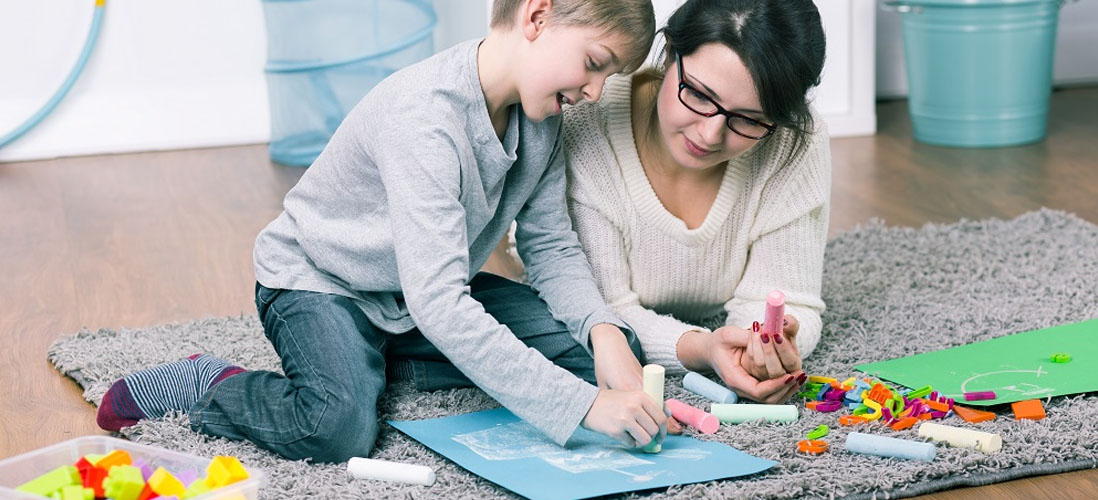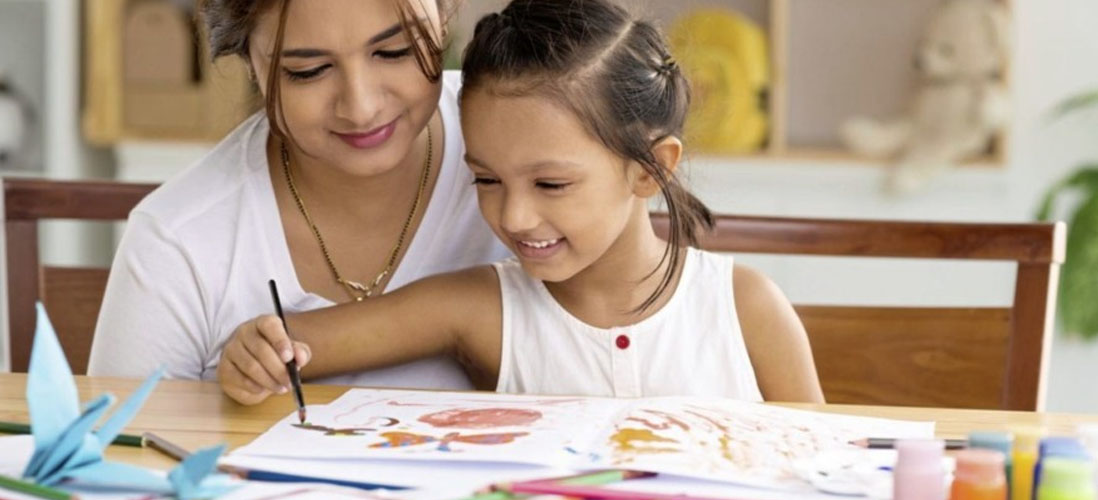Child and adolescent therapy, focuses on addressing the emotional, psychological, and behavioral challenges faced by children and teenagers. This type of therapy is conducted by trained therapist who have expertise in working with young individuals.
Child and adolescent therapy is designed to help children and adolescents navigate various issues and promote their emotional well-being.
Some benefits include:
1. A Tailored Approach:Child and adolescent therapists use developmentally appropriate techniques and interventions to engage with young clients effectively. Therapy is adapted to the age, cognitive level, and emotional maturity of the child or adolescent. This may include modeling, use of therapeutic games, journaling, and many more.
2. Play Therapy: Play therapy is often employed in child therapy, as it allows young clients to express themselves through play and creative activities. This method can help children communicate their feelings and experiences when verbal expression is challenging.
3. Art and Expressive Therapies: Art, music, and other expressive therapies can provide a creative outlet for children and adolescents to explore their emotions and experiences. These therapeutic techniques are often used to help individuals process and cope with their feelings.
4. Parent Involvement:Child therapy often involves parents or caregivers to support the child's progress. Therapists may provide parenting strategies and guidance to address family dynamics and improve communication within the family.
5. School-Based Services:Many child therapists work in collaboration with school counselors to address academic and emotional challenges that children may face. This ensures a holistic approach to the child's well-being. A signed release of authorization is required for any collaboration services.
6. Wide Range of Concerns: Child and adolescent therapy can address various issues, including anxiety, depression, behavioral problems, trauma, grief, bullying, peer relationships, academic challenges, and adjustment to life changes like divorce or relocation.
7. Emotional Regulation:Therapy helps children and adolescents develop emotional regulation and coping skills, allowing them to manage stress, anxiety, and other emotional challenges effectively.
8. Individualized Treatment Plans:Therapists work with each child or adolescent to create a personalized treatment plan that aligns with their unique needs and goals. Treatment is adapted to address the specific challenges and strengths of the young client. We want you and your child to be set up for success!
9. Building Resilience: Child therapy aims to promote resilience in young individuals. It equips them with skills to adapt to life's challenges, build self-esteem, increase self-worth and develop a positive self-concept.
10. Confidentiality and Trust: Therapists establish a safe and confidential environment where children and adolescents can build trust and feel comfortable discussing their thoughts and feelings.







